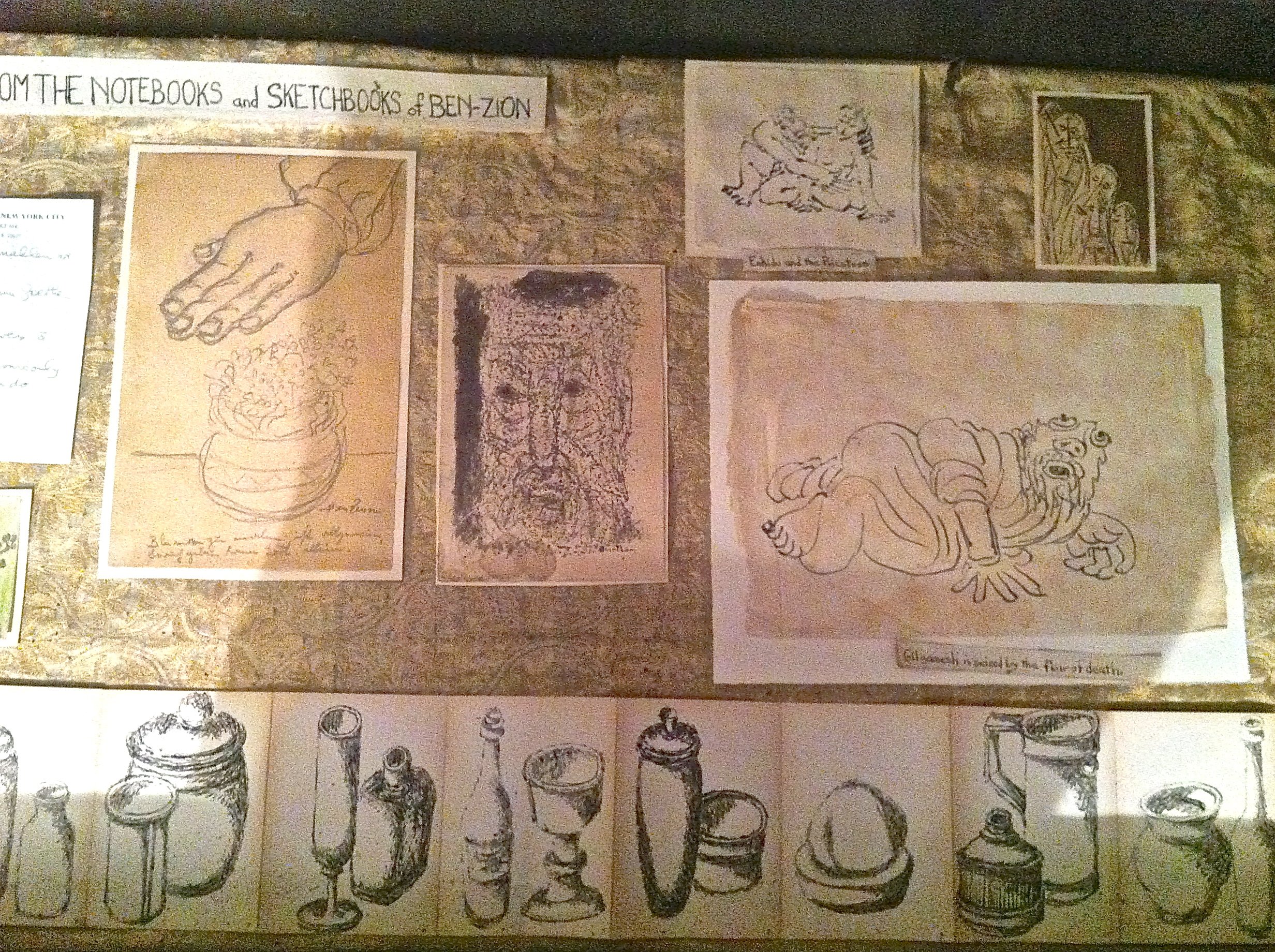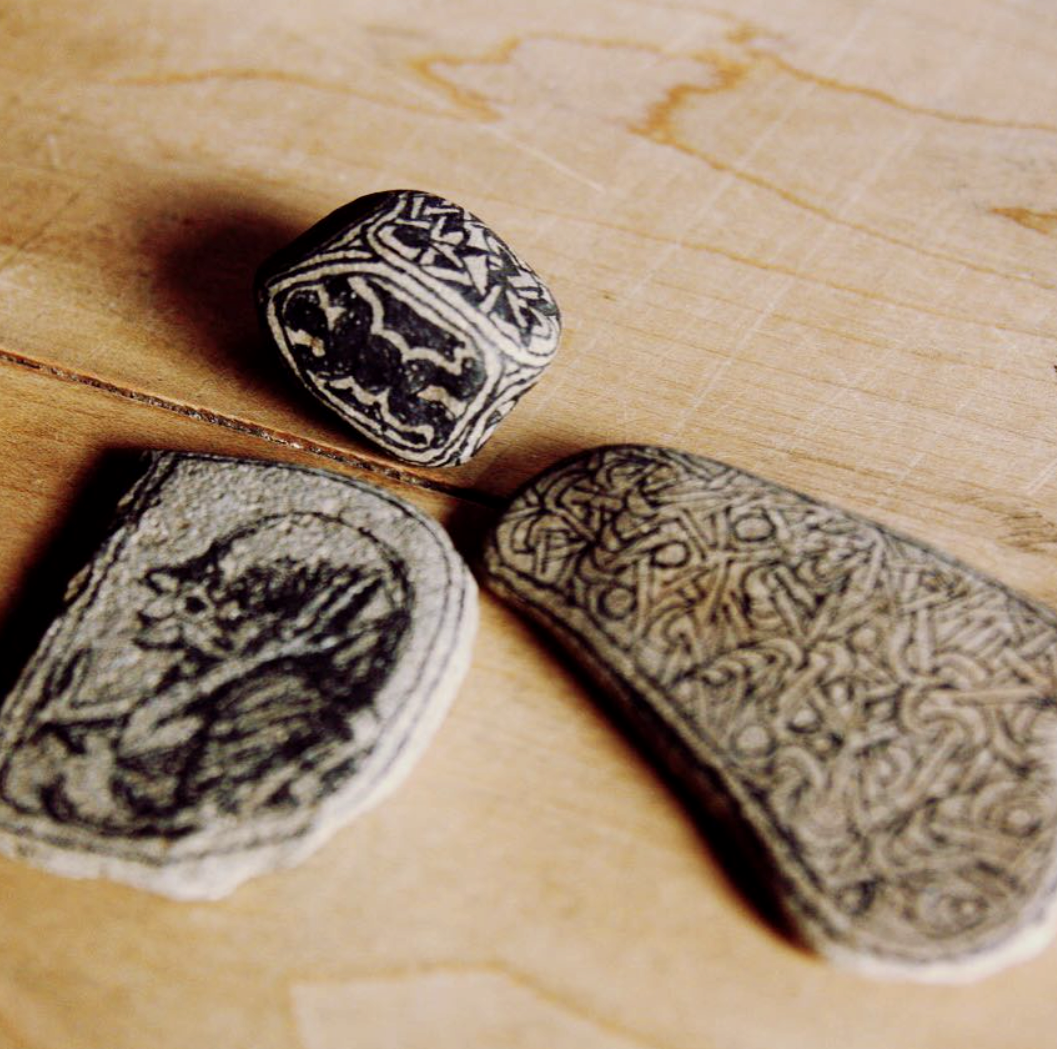The home of Ben-Zion is a five-story atlas of his mind and creations.
Among his own works live a lifetime of objects he collected; the ancient and ethnographic treasures present a montage of affinities. Shelves, walls, floors, and tables display a fascinating array: pieces of driftwood, rocks and pebbles, minerals, meteorites, shells, and concretions found in rivers and streams, which he saw as nature’s own sculptures. Artifacts from every age and part of the world meet: prehistoric stone tools, antique figurines, broken fragments of sculpture, primitive masks and carvings, handiwork of stone and bone and wood, cloth and clay and metal. Much like art historian Aby Warburg’s own famous atlas Mnemosyne: one object leads to another, one cabinet precedes the next, one image merges into a cosmos of images...
The house becomes an endless conversation between the beautiful things Ben-Zion found and the work he created. Ben-Zion places his own aesthetic and emotional (Jewish) cosmogony in dialogue with other cultures, across time and space. Embedded into the collection is a common thread — natural, man-made, or Ben-Zion made — an archaic, primordial, or earthbound quality all attest to an affinity for the original in its most profound sense. An understanding of the house as a body of work in itself is fundamental to an appreciation of Ben-Zion’s own art, which in its entirety gathers a cumulative power and reverberation. The contents of the house mingle together with his own paintings and sculptures — all emanations from a process of nature.














Photo credits: Ruby Katilius, Matthew Lloyd, Rob Stark, Kristi Head, Alon Koppel
